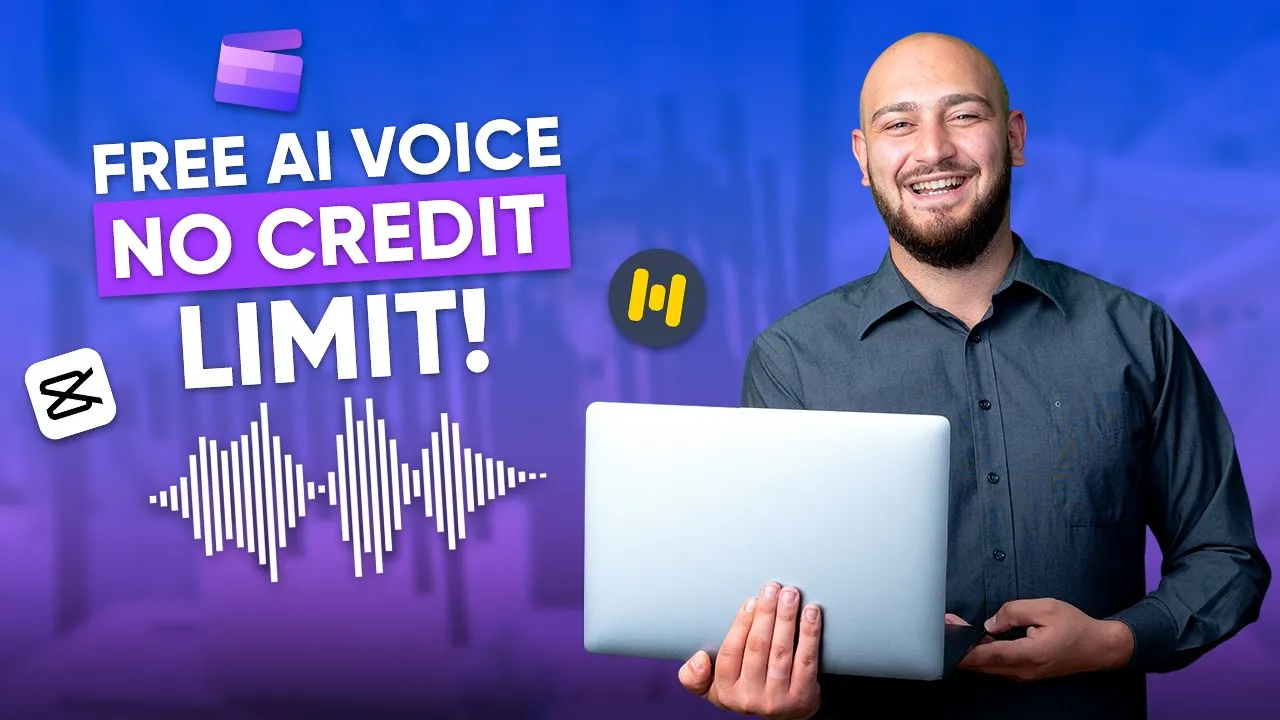Free AI Voice Generator | Generate Without Credit Limit!
People & Blogs

Introduction
In today's fast-paced digital world, producing quality content that resonates with audiences is essential. One effective way to enhance your content is by incorporating professional-grade AI voiceovers. However, high costs associated with premium software often act as a barrier for many content creators. In this article, we'll explore three useful and free methods to create impressive AI voiceovers, ensuring both ease of use and flexibility in your projects.
Method 1: Using Clipchamp for Text-to-Speech
A straightforward option for generating natural-sounding AI voices is Clipchamp. This platform allows users to convert text to speech at no cost, making it accessible for anyone looking to produce high-quality voiceovers.
Getting Started with Clipchamp
- Sign Up: Access Clipchamp by signing up via a web browser.
- Navigate to the Text-to-Speech Tool: After logging in, go to the 'Record and Create' tool, where the text-to-speech option is located.
- Select Language and Voice: Choose from over 50 languages and accents, allowing you to fine-tune the voice to suit your audience.
- Create Voiceovers: Although there's a 10-minute limit per session, you can create multiple clips and stitch them together within the platform.
Exporting Your Audio
While Clipchamp does not allow direct downloading of audio, you can save your voiceover as a video file. To convert this video to an audio file, use a free online converter like CloudConvert. Simply upload your video, click convert, and you'll receive a clear audio file ready for use in your projects.
Method 2: Leveraging Murf AI
Although Murf AI is primarily a paid service, there’s a clever workaround to utilize its features without incurring costs.
How to Use Murf AI
- Sign Up: Create an account on the Murf website and start a new project.
- Input Your Script: Type or paste your desired text into the project.
- Select Voice Options: Choose from various voices, adjusting for language, gender, and age group.
Capturing Your Voiceover
While Murf AI prompts you to upgrade for audio downloads, you can record the generated voice. To do this, plug in your earphones and record your screen to capture the studio-quality audio. For PC users, using a screen recorder can help capture internal audio directly, making it a valuable tool for YouTubers and educators creating professional-grade content.
Method 3: Creating Voiceovers with CapCut
CapCut is another great resource for generating text-to-speech audio. Here's how to get started:
Steps to Use CapCut
- Access CapCut Website: Visit capcut.com and select the 'Edit Video Online' option.
- Create an Account: If you don't have an account, sign up.
- Add Text: Click on the text option and add body text that you want to convert to speech.
- Choose Text-to-Speech: After entering your text, select the 'Text-to-Speech' option and customize your settings—selecting language, gender, and specific voice.
Exporting Your Audio
Once the text is converted into speech, it becomes part of your video project. If you only want the audio, you’ll need to export the video and then use an online file converter to convert the video file into MP3 or another audio format. This flexibility allows you to utilize the voiceovers in various contexts beyond just video.
Conclusion
These three free AI voice generation methods—Clipchamp, Murf AI, and CapCut—present unique benefits for content creators looking to enhance their audio quality without breaking the bank. Take advantage of these tools to produce professional-grade voiceovers seamlessly!
Keywords
- AI Voice Generator
- Free Tools
- Clipchamp
- Murf AI
- CapCut
- Text-to-Speech
- Voiceover Creation
- Audio Conversion
FAQ
1. Are these methods really free?
Yes, all the methods discussed in this article are free to use, although some may have premium features that you can choose to pay for.
2. What if I need more than 10 minutes of voiceover?
For Clipchamp, you can create multiple clips to stitch together, while Murf AI allows you to capture audio by recording.
3. Can I use these voiceovers for commercial purposes?
Be sure to check the terms of service for each platform. Generally, you can use the voiceovers for personal and commercial projects, but it's best to confirm.
4. Do I need any special software to convert video to audio files?
No special software is needed; you can use free online converters to turn your video files into audio formats like MP3.